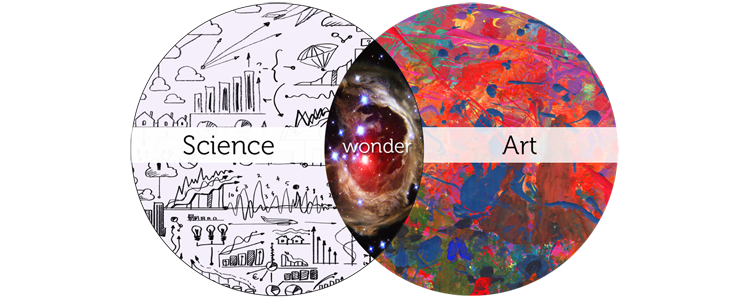
There’s a pervasive myth that creativity is the realm of right-brained people. However, creativity involves much more than one hemisphere of our brain.
A master of creative genius, Leonardo da Vinci, suggested we, “Study the science of art and the art of science.” In his book How to Think like Leonardo da Vinci, Michael Gelb explains this balance in his 5th step to genius every day called Arte/Scienza: the development of the balance between science and art, logic and imagination, or “whole-brain” thinking.
The concept of whole-brain thinking utilizes our four intelligences:
- Analytical – how you frame a problem or how you evaluate an idea (critical thinking)
- Artistic – how you envision possibilities using your imagination and visual thinking
- Relational – how you connect, collaborate and co-create with others
- Operational – how you plan and organize to turn an idea into action
These four types of intelligences reveal the intricate levels on which our minds work. Melding the right brain and left brain can become part of a “whole-brain” approach to problem solving.
To tap into our innovative potential, we should consider expanding the way we think about a subject or problem. For example, if you are more logical and analytical, you can explore abstract, out-of-the-box solutions using these 15 Ways to Stimulate Your Right Brain. If you see yourself as more visual and intuitive, check out 17 Left-Brain Exercises for Creative People.
While science has debunked the idea that people generally use one side of their brain more than the other, we are all guilty of falling into mental patterns. Yet our default way of thinking can stifle innovation.
Challenging yourself to see alternate viewpoints enhances creativity and problem solving at every level. Next time you’re facing a challenging task at work, practice using “whole-brain” thinking, and watch new ideas ignite and connect in ways you’d never imagined.

